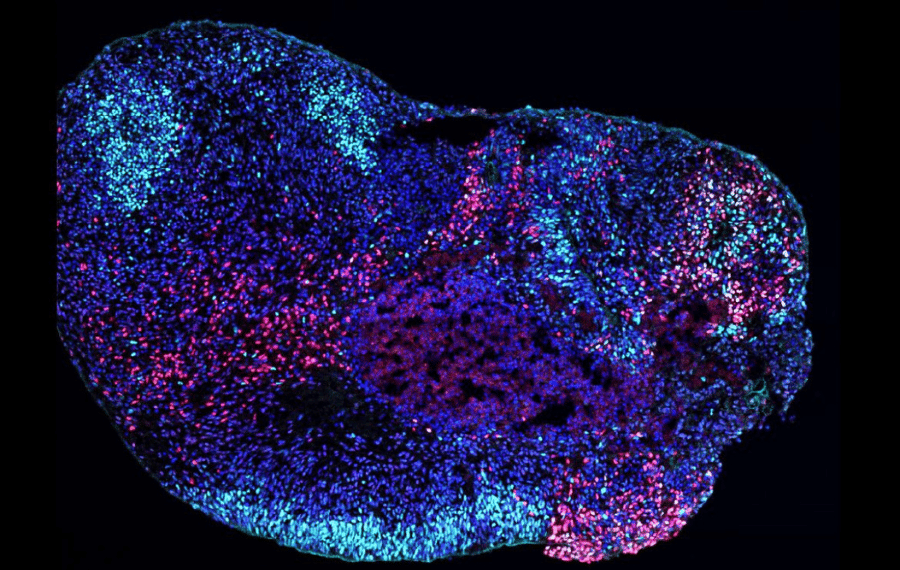Scientists Fix Genetic Defect in Mice Tied to Brain Disorders that Include Autism and Epilepsy
In an exciting scientific first, researchers at the Allen Institute successfully designed a new gene therapy that reversed symptoms related to SYNGAP1-related disorders (SRD) in mice. These are a class of brain disorders that can lead to severe and debilitating symptoms, including intellectual disability, epilepsy, motor problems, and risk-taking behaviors in people. In most cases, SRDs are caused when someone has only one working copy of the SYNGAP1 gene instead of the normal two copies.
The findings, recently published in the journal Molecular Therapy, represent the first successful gene supplementation therapy for SRDs in which an adeno-associated virus (AAV) was used to deliver a working copy of the SYNGAP1 gene into brain cells. AAVs are non-replicating viruses that act like delivery trucks carrying therapeutic cargo, in this case the SYNGAP1 gene, into cells that need it.
Scientists faced a technical barrier in designing the new therapy. The defective copy of the SYNGAP1 gene needs to be replaced, but this gene is too large to fit into most AAV delivery systems. In this case, researchers built the oversized gene and packaged it into the AAV, much like loading a truck filled with more luggage than anyone thought it could hold. Surprisingly, it all fit, and the therapy was successfully delivered into targeted brain cells.
The new gene therapy improved a broad range of disease symptoms, nearly eliminating epileptic brain activity, and correcting hyperactive behavior and risk-taking tendencies characterized by SRDs. The treatment also substantially restored normal brain wave patterns, which is significant because abnormal brain rhythms in SRD patients are tied to cognitive dysfunction affecting learning, memory, and attention.
While clinical trials are still needed, the data from this study suggest that effective treatment for SRDs and their devastating symptoms may be within reach. The range of therapeutic benefits was also significant—addressing seizures, behavior, and brain function simultaneously.








